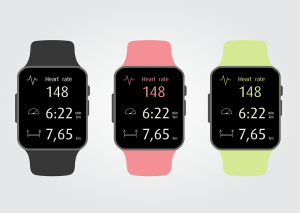 Everyone knows that spending hours upon hours each day at a desk is not good for your physical or mental health. But what are you supposed to do if you work at a desk job? Here is a quick and easy way to make things better. In a new study by researchers from the University of Colorado Anschutz Medical Center and the Johnson & Johnson Human Performance Institute found that tiny changes can go a long way. They looked at three different movement conditions with 30 adults.
Everyone knows that spending hours upon hours each day at a desk is not good for your physical or mental health. But what are you supposed to do if you work at a desk job? Here is a quick and easy way to make things better. In a new study by researchers from the University of Colorado Anschutz Medical Center and the Johnson & Johnson Human Performance Institute found that tiny changes can go a long way. They looked at three different movement conditions with 30 adults.
In one group, the participants sat for six hours straight and got up only to use the bathroom. In the second group, they started the day with a 30 minute treadmill activity of moderate walking. The third group had six 5-minute bursts of moderate intensity walking every hour. The researchers looked at everyone’s stress hormones and at their mood, energy, fatigue and appetite.
And what did they find? They found that the benefits of the micro-workouts far outweighed those of the other participants. As the researchers explained,
“Overall, microbouts of activity led to sustained effects along the day, while the effects of a single bout of activity performed early in the morning did not last throughout the day.”
As the study author Jack Groppel explained, even a bit of activity throughout the day can really improve well being.




